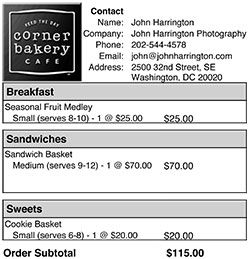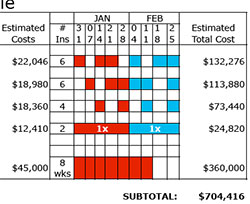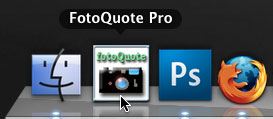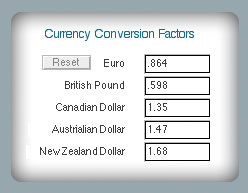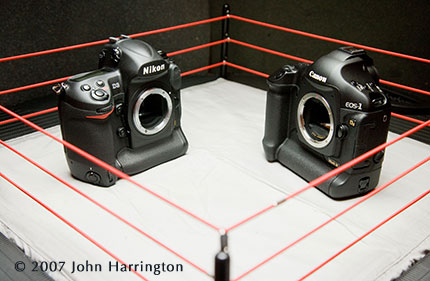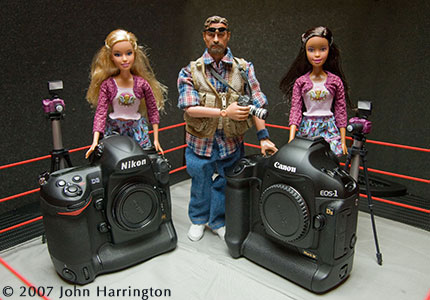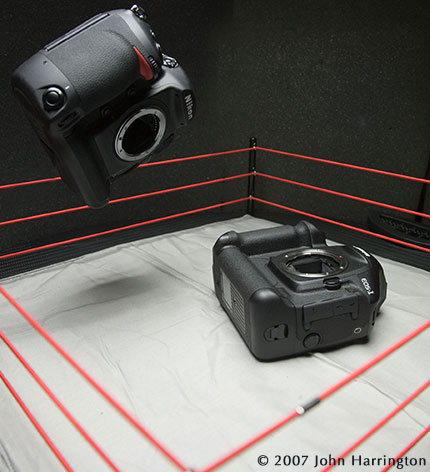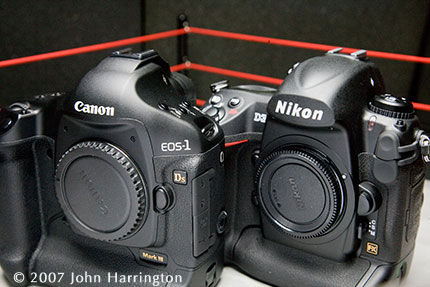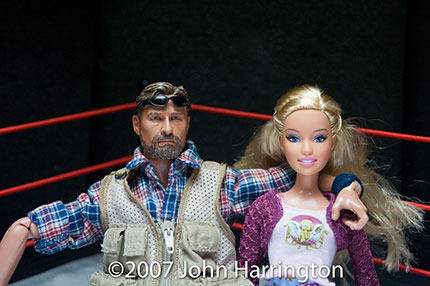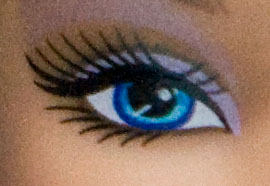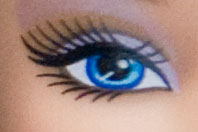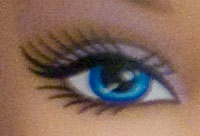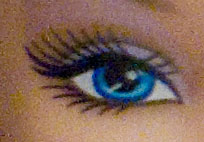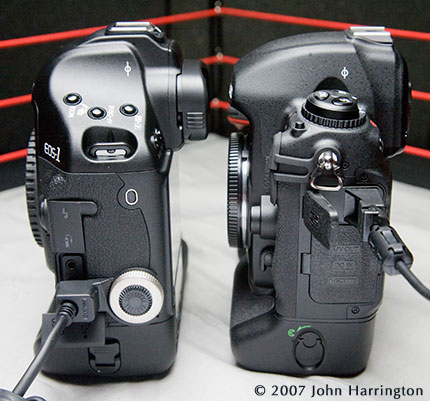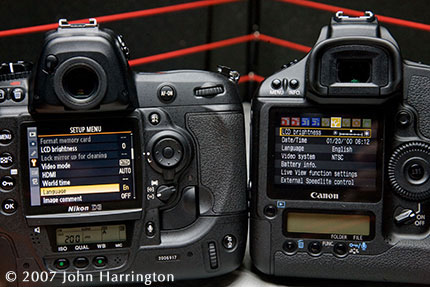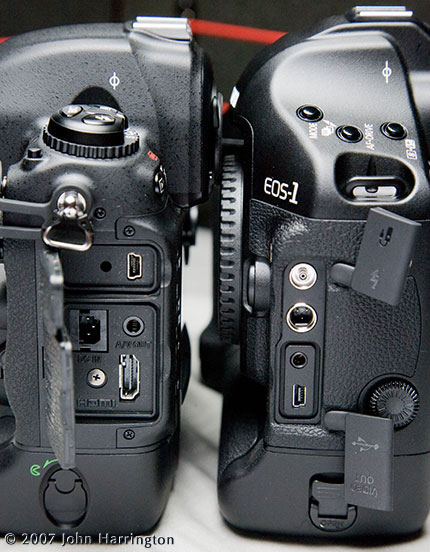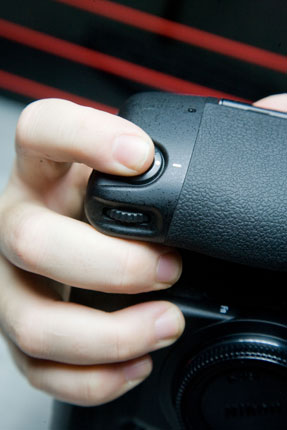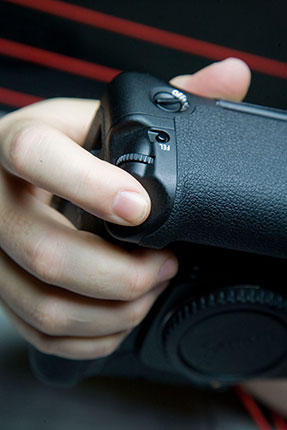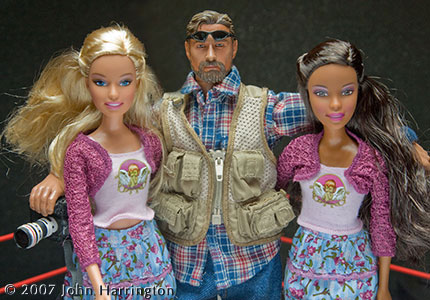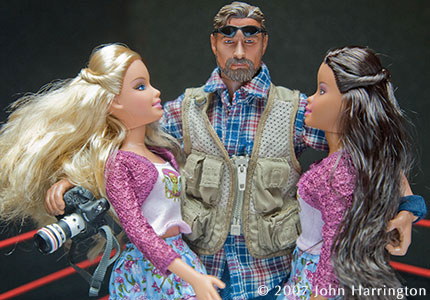 There are several different dishes I enjoy at restaurants around town. I have become a "destination diner", in that, I'll suggest we go to a certain restaurant because I am craving, say, Tortellini Rose from Paolo's, Tuna Tartare from BLT Steak, a Floating Island from Bistro lepic, Pho from Pho 75 in Arlington, or my latest, Butterscotch Mousse from Johnny's on the Half Shell after last night's "after gathering" following the White House News Photographer's Holiday Party at the Capitol. However, if I had those dishes even once a week they would loose their appeal.
There are several different dishes I enjoy at restaurants around town. I have become a "destination diner", in that, I'll suggest we go to a certain restaurant because I am craving, say, Tortellini Rose from Paolo's, Tuna Tartare from BLT Steak, a Floating Island from Bistro lepic, Pho from Pho 75 in Arlington, or my latest, Butterscotch Mousse from Johnny's on the Half Shell after last night's "after gathering" following the White House News Photographer's Holiday Party at the Capitol. However, if I had those dishes even once a week they would loose their appeal.
If every assignment I made was of a concert performance, or a lit portrait, so too, I'd be less excited by them. tonight I scouted a location for a book cover shoot on Monday, and photographed a holiday party for an association. Tomorrow (as you're reading this), I am doing a magazine portrait in the morning, and a corporate portrait in the afternoon, followed by a client's holiday party drop by (sans camera) and then a prospective client has called me to meet with them while they're in town to "look at my portfolio". Meanwhile, two of my colleagues are shooting a corporate assignment for me in New York City that has taken them and the biggest SUV I could rent along with a G5 tower and iMac and my Post Production Manager to deliver on-site files and immediate uploads for the client's review in Texas. (cha-ching!)
Diversity of a client base is one cornerstone of success as a photographer.
If all I did was portraits, or weddings, or events, or news, or documentaries, or....you get the point...just one (or a few things) I'd have established a client base that is one-sided, or of just a few clients. An exceptional photographer friend of mine has just one editorial client. He's a freelancer, and he relies soley on them for all his work. Sure, it's a high profile client with sufficient work, but he's at the whim of that client's decision, and he could get the ax at any time.
How do you mitigate this situation?
(Continued after the Jump)
A mix of clients.
Yes yes, there are tons of photographers who specialize, and there is a wide cacophony of voices telling you you should specialize. And, well, yes that's a nice goal, but I've held to the belief that "have check, will take picture", works pretty well. Does that mean I don't try, on my own schedule, and on my own projects, to have a style/genre/etc? Maybe. But, as with too much Pho, or too much Butterscotch Mousse (I stopped after two last night), it begins to loose it's wow factor.
Perhaps, for some people, portraying the family dog is a calling. For others, babies and their new moms, and again for others, their own muse. Yet, everyone from Ansel Adams to Bill Allard, to well...you know what I'm saying - all the greats - they do not do just what we know them for, but the school portraits (I've lost the image of Adams doing an outdoor school portrait that I once had, but it was a revised perspective that my young eyes once looked upon, seeing that in the lab at Black & White one day when I was getting....ahem...film processed...) and even Annie does corporate portraits (rumored to run $65k) when someone calls.
Who knows what I'll be known for some day. To me, being known as "...the greatest dad in the whole-wide-world..." by my daughters is what I hope to be most proud of, but maybe a picture or two will be remarkable. Then again, maybe not. I, however, sure enjoy the spectrum from Robert Plant to BB King to The President to a bush flight into Alaska for a book project to, well, again, you get the picture. Diversity not only rocks, it can ensure your longevity, and it's about the journey, not the destination.
Please post your comments by clicking the link below. If you've got questions, please pose them in our Photo Business Forum Flickr Group Discussion Threads.
[More: Full Post and Comments]


